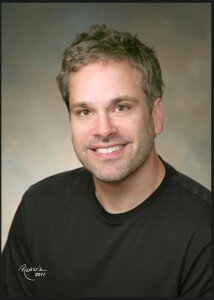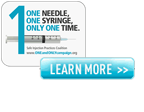The many “Love Stories” that have been altered by unsafe injection practices

On behalf of my wife Evelyn and everyone who helps sustain the efforts of HONOReform, thank you very much for your support. In the letter I sent in November, I ask the wonderful people we have met and worked alongside through the years to provide a donation to HONOReform. This request is getting a good response. I thank you all.
And, naturally, I encourage everyone to please think of HONOReform here at the end of the year…and throughout 2014 and beyond. We depend on your kindness and generosity. Every donation is meaningful. You are helping us continue to help safeguard the medical injection process in the United States. If you haven’t already, will you please consider a gift to HONOReform?
In a blog post scheduled for early next year, our executive director, Steve Langan, will share some of our highlights of 2013—and some of our goals for 2014. We encourage you to join us!
In my appeal letter we mailed in November, I shared part of my story, our story—what can happen when a loved one is affected by unsafe injection practices. Even one unsafe injection can devastate a person and his or her family. Every part of the injection safety process “from manufacting through disposal” (as Evelyn says) must be done correctly.
I talk about the many “love stories” that have been altered by unsafe injection practices. I have been there. Many others have been there, too. Let’s continue to work to prevent outbreaks and infections caused by unsafe injection practices.
I would like to switch gears for a minute, and talk to you about injection safety from the point of view of health care providers. As many of you know, I have been a family physician for many years. It is not a stretch to say, at this point in my career, “I’ve seen it all.”
I call on my colleagues—not just physicians but nurses and every member of the staff in a clinic or hospital—to always provide a safe injection, each and every time. This continues to be my goal. A call to action to everyone who gives an injection…to make sure it’s being done correctly.
That said, it is now more important than ever that we communicate. There is so much technology in play in hospitals and clinics—from electronic medical records to apps of all kinds—that I think we providers sometimes forget to take some time to talk with one another.
My wish for 2014 is that we emphasize communication here in Fremont at our clinic. And that we are never shy or hesitant about addressing a situation in which any aspect of health care is questionable. As they say in the airports, If you see something, say something. This especially applies to any potential violation of the injection safety. Lives depend on it.
I extend this important call to action to my fellow providers, here in Nebraska and throughout the country.







